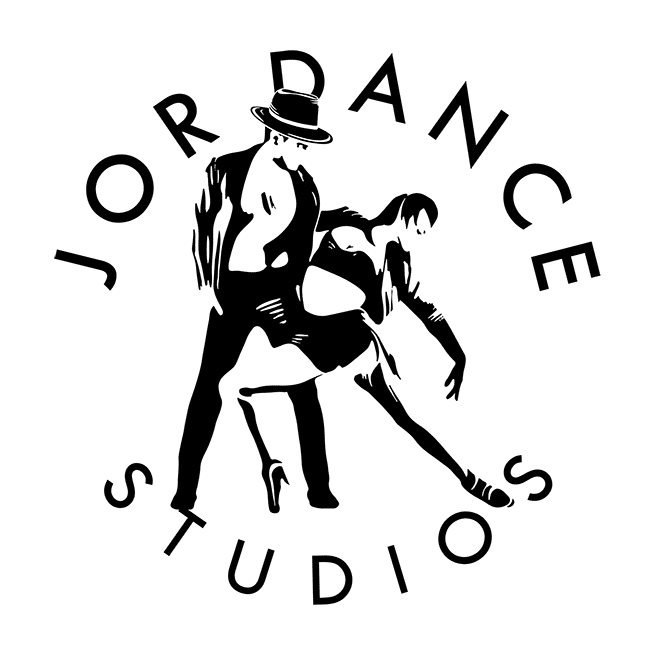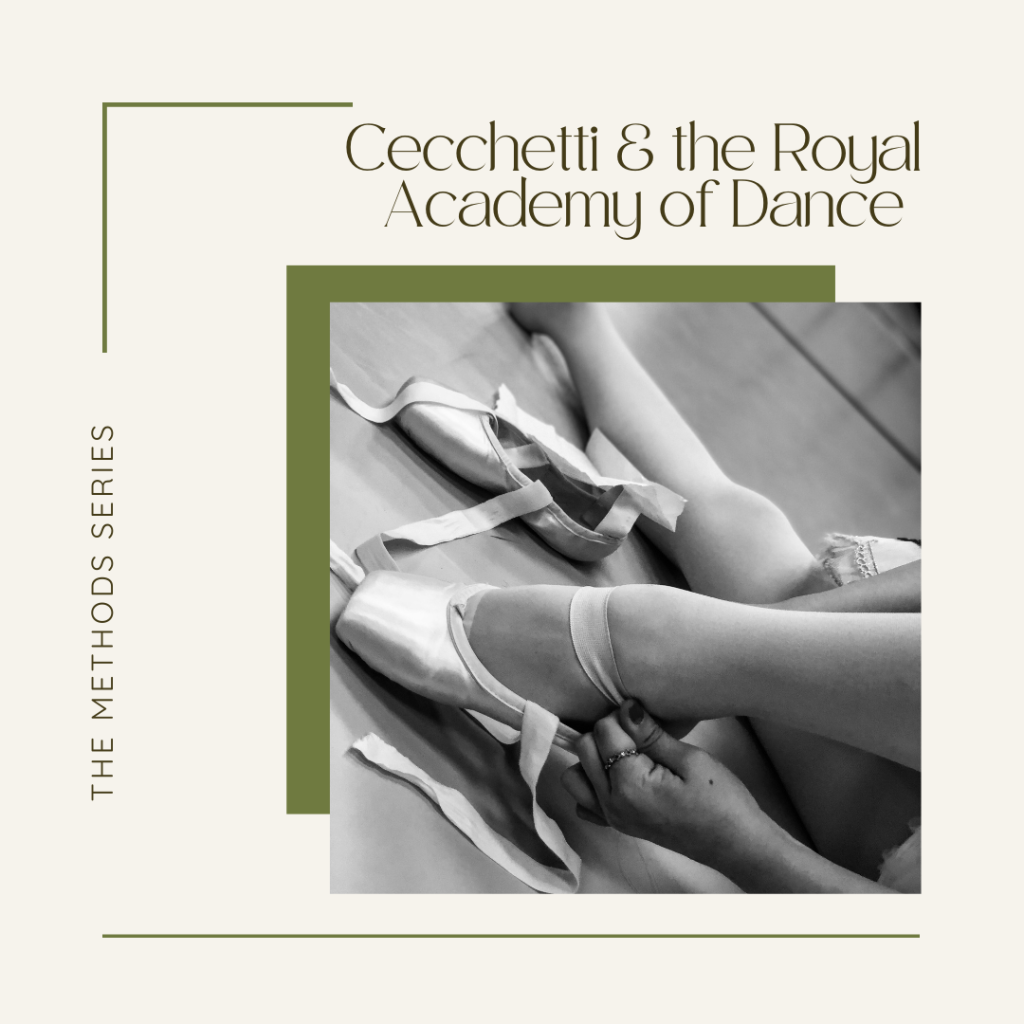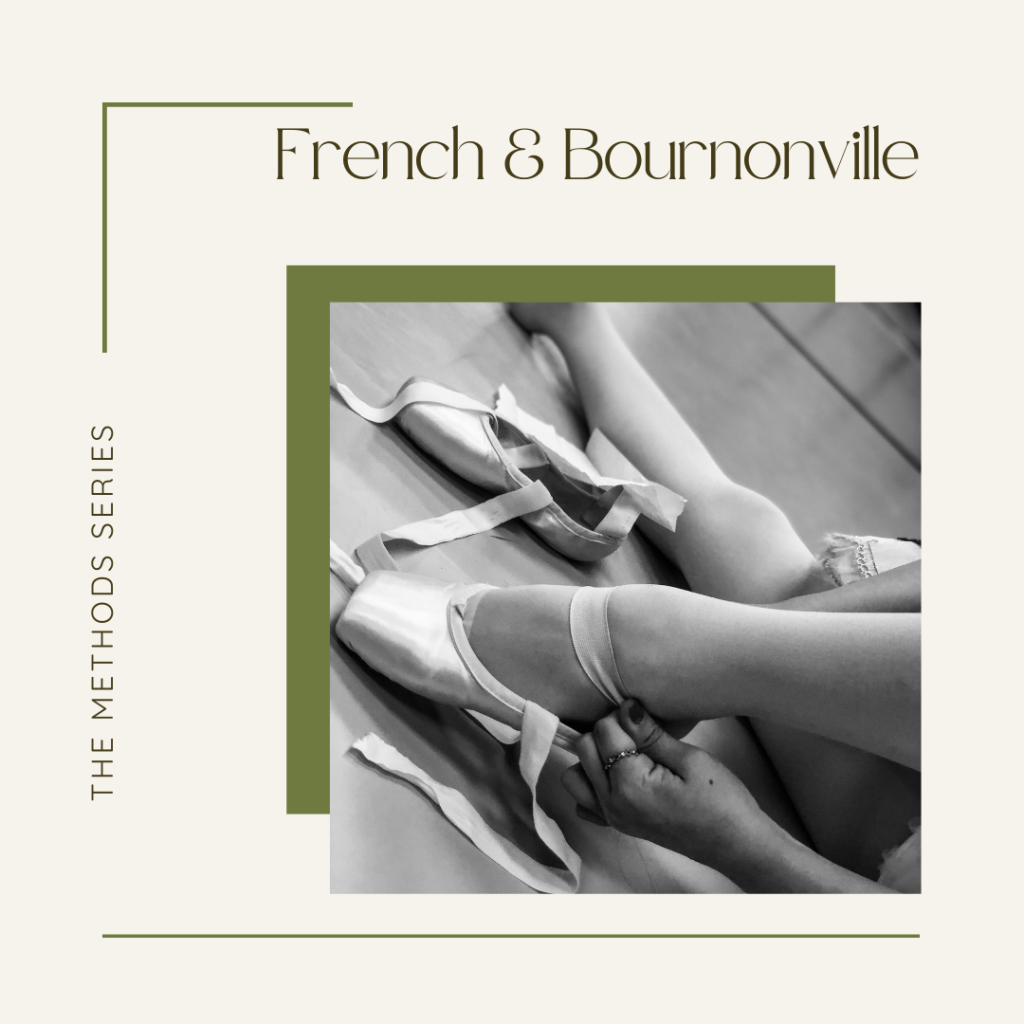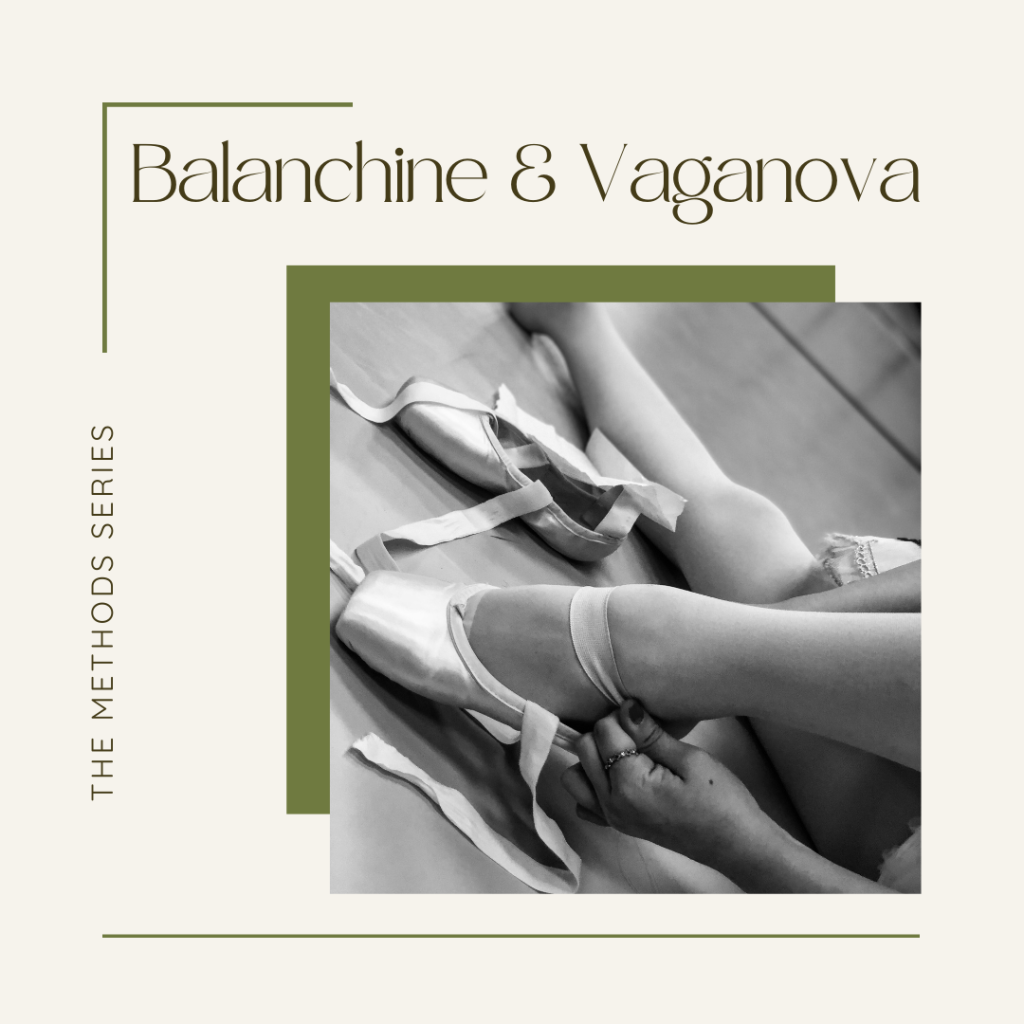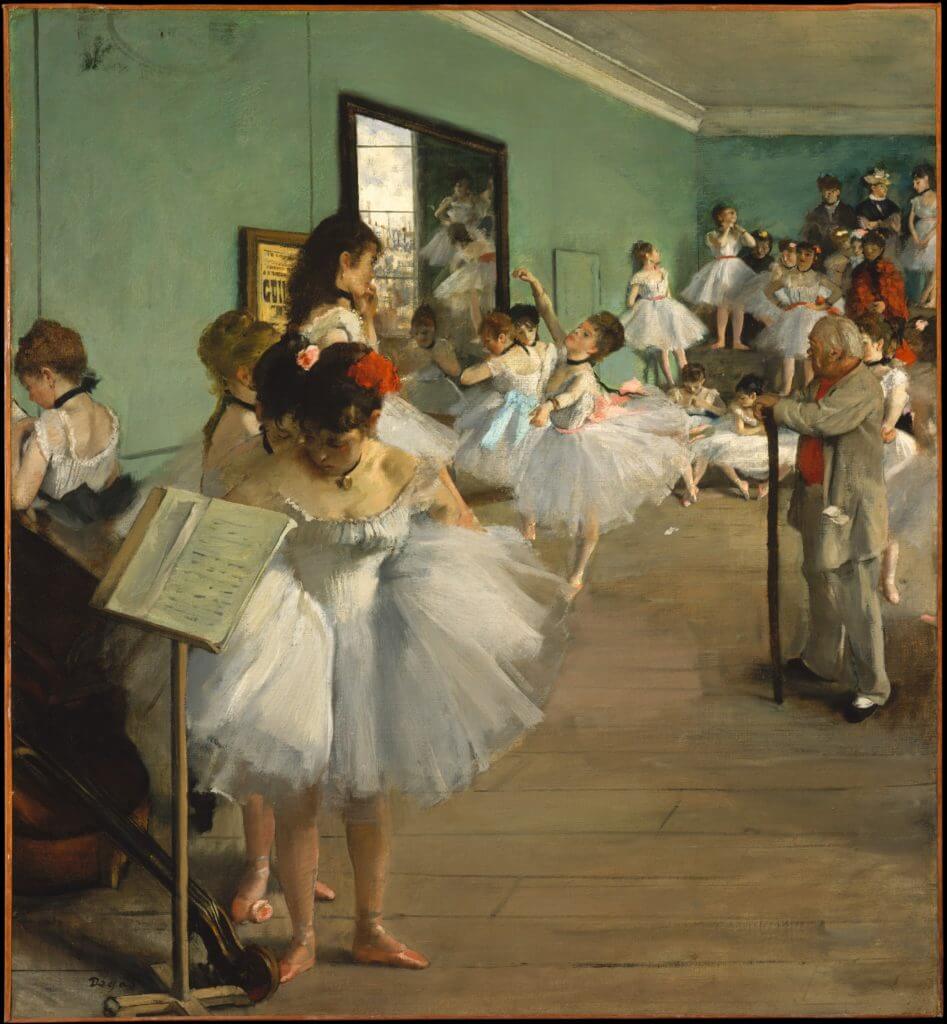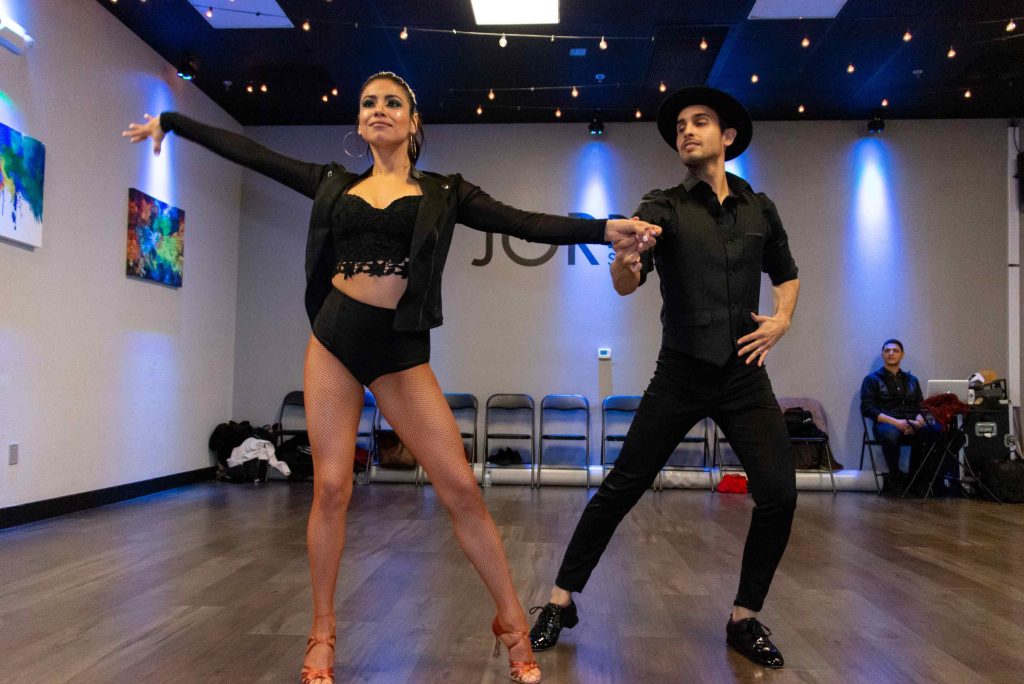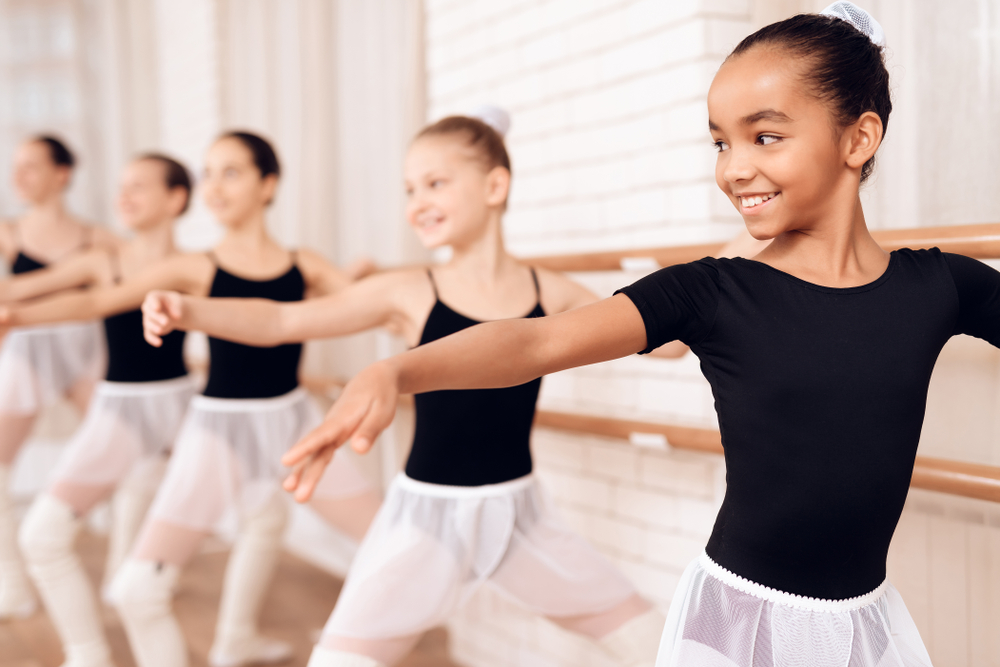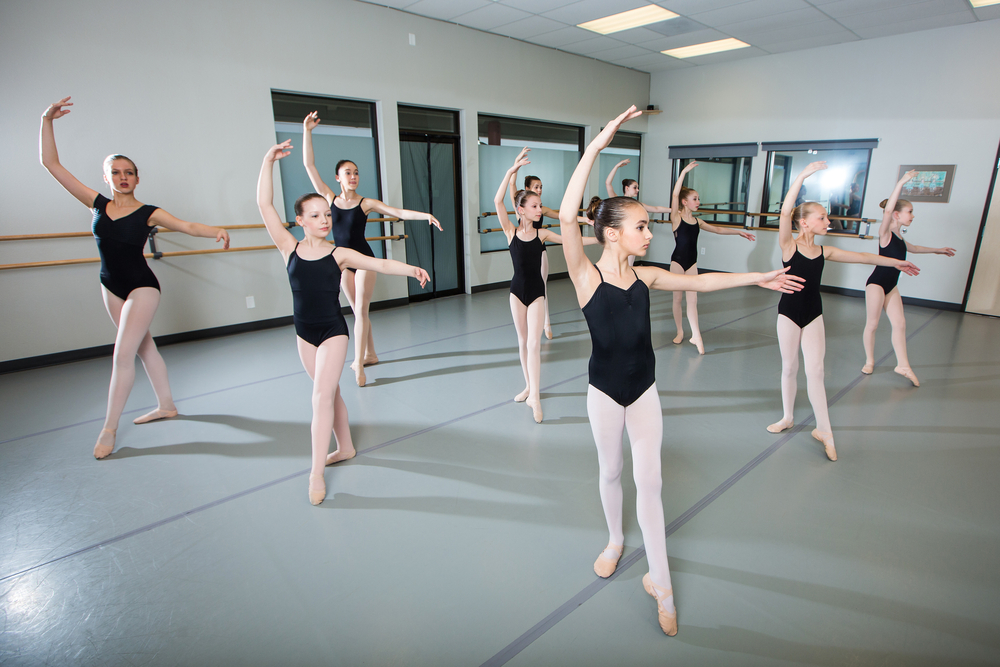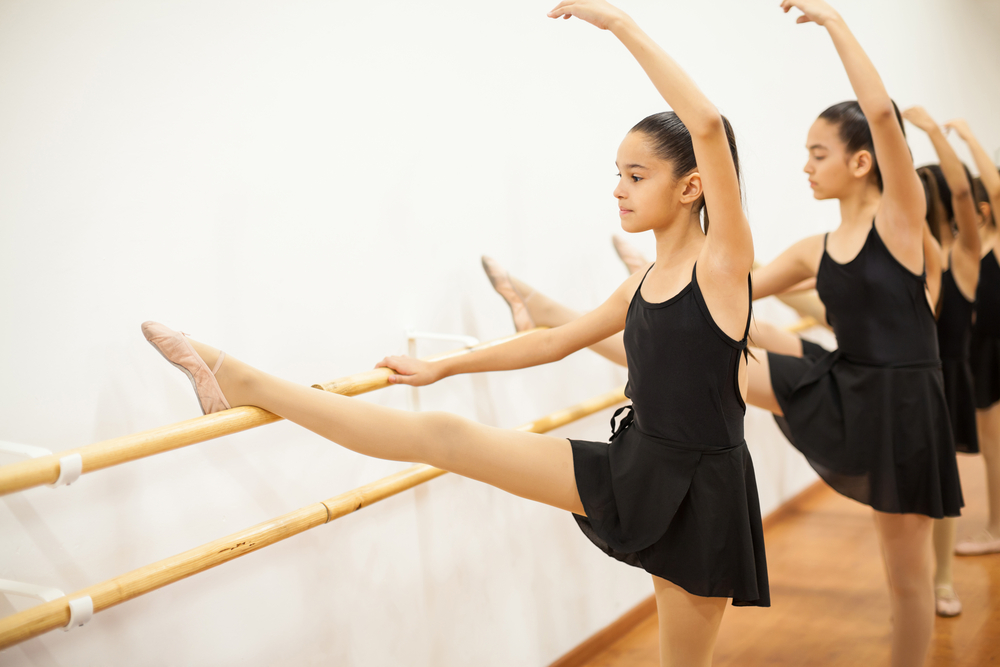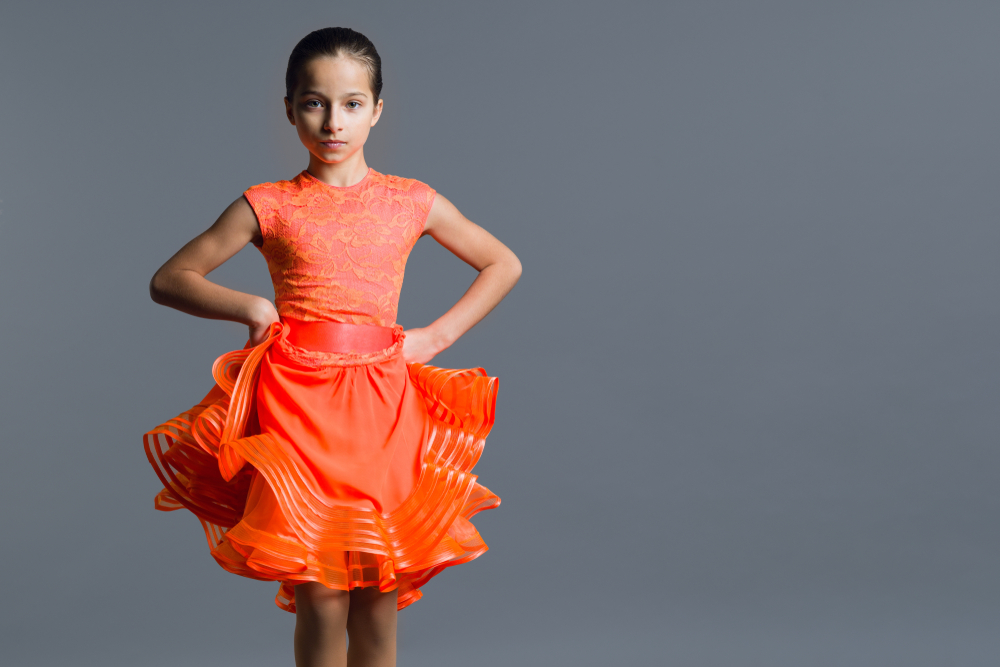The art of ballet has a long history that spans over centuries and across the continents. Because of this diverse history, new technical methods have emerged. In total, there are six main training methods in ballet: the Vaganova, Balanchine, French, Cecchetti, Bournonville, and the Royal Academy of Dance (RAD) methods. Each has its own characteristics for style and technique and trains students using unique pedagogy, while still prioritizing and maintaining the integrity of the codified ballet technique as a whole.
Continuing in the Ballet Methods series, in this article, we will discuss two more common techniques: the Cecchetti and Royal Academy of Dance (RAD) methods.
CECCHETTI TECHNIQUE (ITALIAN STYLE)

Photo Caption: Sleeping Beauty – Enrico Cecchetti & Varvara Nikitina (Bluebird & Princess Florine). 1890.
Retrieved from: Picryl
Background & Origins of the Cecchetti Method:
Enrico Cecchetti was an Italian ballet dancer born in 1850. He was trained by celebrated instructors Giovanni Lepri–who taught at the prestigious La Scala opera house in Milan–and Filippo Taglioni–the father of the famous ballet dancer Marie Taglioni. As a student, Cecchetti’s ballet training was based on the theory developed by Carlo Blasis, which created a foundation for Cecchetti to develop his own teaching method later in his career.
Dancing professionally, Cecchetti toured Europe, traveling to St. Petersburg, Russia, where he was considered the most influential male dancer of the time. In St. Petersburg, he opened his own ballet school in 1905, before he was hired by Serge Diaghilev to tour Europe, South America, Australia, and the United States with Ballet Russes, a widely influential ballet company in the early 20th century. After he retired from touring, Cecchetti returned to teaching until his death in 1928.
Principles & Characteristics of French Technique:
- Requires a thorough understanding of anatomy & science in relation to classical ballet technique
- Follows a rigid daily training routine, so that each day of the week is dedicated to exercises that strengthen different parts of the body and aid certain aspects of ballet technique, such as turnout or pointework
- Based on center alignment and envisioning a single line that extends from the top of the head down through the feet, creating balance and stability
ROYAL ACADEMY OF DANCE (RAD) METHOD (ENGLISH STYLE)

Photo Caption: Royal Ballet School. By scillystuff.
Retrieved from: Flickr
Background & Origins of the Royal Academy of Dance Method:
The Royal Academy of Dance is an organization that originated in Great Britain in 1920. Philip Richardson, former editor of Dancing Times magazine, collaborated with a group of dance professionals, with representation from each of the five primary training methods that were prominent at the time: Cecchetti, French, Bournonville, Russian, and English. Originally called the Association of Teachers of Operatic Dancing in Great Britain, the group aimed to improve the quality of dance training in England. The same year, the organization published its first syllabus in Dancing Times and hosted the first set of exams the following year. The Association was renamed as the Royal Academy of Dancing in 1936 and since its inception, the RAD training method has spread around the world.
Principles & Characteristics of English Technique:
- Progresses much more slowly than other methods, and requires students to continuously improve their technique as they execute steps, before increasing difficulty
- Merges elements of the French, Cecchetti, Vaganova, and Bournonville methods, emphasizing classical technique
- Incorporates character dance, a stylistic interpretation of traditional folk dances, mainly originating in Europe.

Photo Caption: Margot Fonteyn in The Royal Ballet production of “Firebird.”
Retrieved from: New York Public Library Digital Collections
JORDANCE TAKEAWAY
At Jordance Studios, our instructors are trained and knowledgeable in a variety of ballet styles and training techniques. Our ballet instructors teach using the Cuban Method of Ballet, which has origins in the Russian Vaganova Method. However, although our students do not train in French or Bournonville technique, we ensure that they understand the principles of the ballet methods and their differences compared to the training that they receive at Jordance, as well as appreciation for the development of the art of ballet.
SOURCES
https://www.calvertschoolofdance.com/cecchetti
https://www.studiorballet.com/the-cecchetti-method/
https://www.cecchetti.org/about/history/
https://www.blackpoolgrand.co.uk/different-types-ballet
https://elevatedance.com.sg/2020/06/05/ballet-techniques-and-methods/
https://www.masterclass.com/articles/types-of-ballet-explained#99GEsQ67OfdM85gFE64kt
https://www.royalacademyofdance.org/about-us/history/
https://www.royalacademyofdance.org/app/uploads/sites/11/2019/02/08101835/ElementarySyllabus-1.pdf
